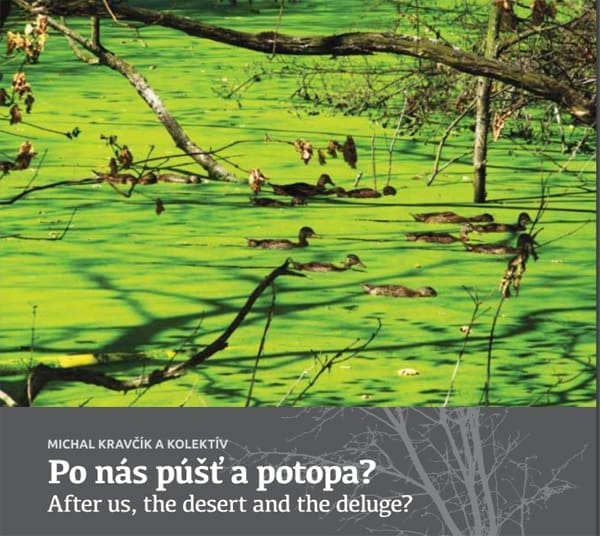Jan’s Quick Take: This is a large and lavishly illustrated volume detailing the Slovakian “Landscape Revitalisation and Integrated River Basin Management Programme.” The book is presented in Slovakian and English languages (in side-by-side panels). This work is a unique reflection and photo-documentary, of sorts, of the insights and results from the Slovakian Program, while simultaneously…
Tag: desert
Miracle in the Nevada Desert with Carol Evans & Jon Griggs
Carol Evans, Nevada Bureau of Land Management fisheries biologist whose work has been featured in the film The Beaver Whisperers, highlighting her deep involvement in monitoring the impact that planned grazing and returning beaver have had on restoring watersheds. Jon Griggs, ranch manager for Maggie Creek Ranch, a beef-cattle operation running on both public and…
Jan Lambert: Retain the Rain, No More Down the Drain!
Learn more about Biodiversity for a Livable Climate: https://bio4climate.org/ Please donate to our ecosystem restoration work: https://bio4climate.org/donate/ Jan Lambert introduces, by way of photos and illustrations, the richly varied ways in which rainwater is now being successfully restored into landscapes. From holistic green pastures in America to green roofs in Scotland, from using beaver dams…
Seth Itzkan: Soil Carbon and Climate
Learn more about Biodiversity for a Livable Climate: https://bio4climate.org/ Please donate to our ecosystem restoration work: https://bio4climate.org/donate/ Seth Itzkan is a futurist and advocate for climate action and eco-restoration through the holistic management of grasslands restoration. He has spent months in Africa observing Holistic Management and its extraordinary positive effects on desertified semi-arid grasslands. He…




